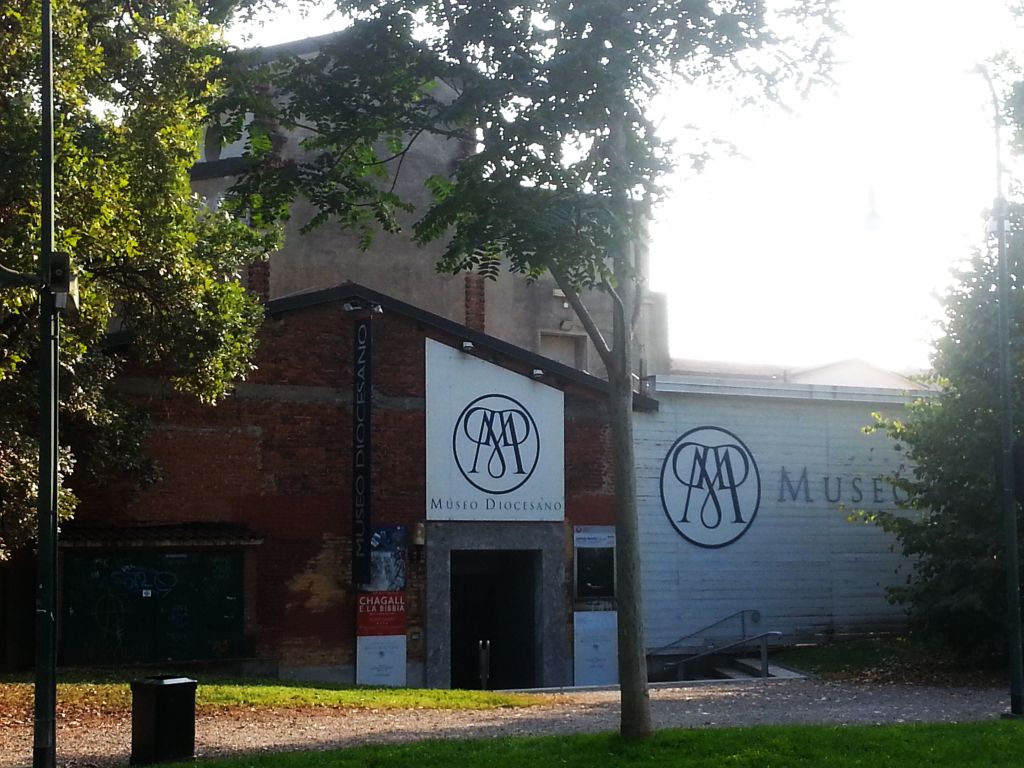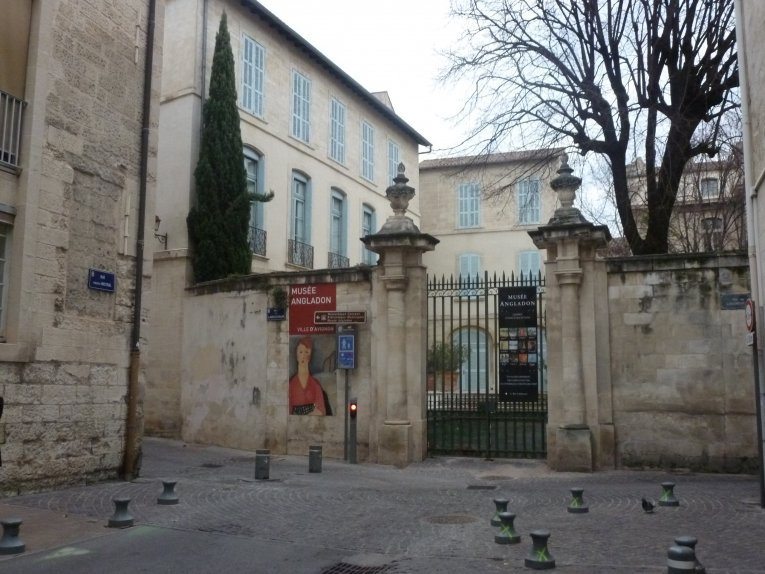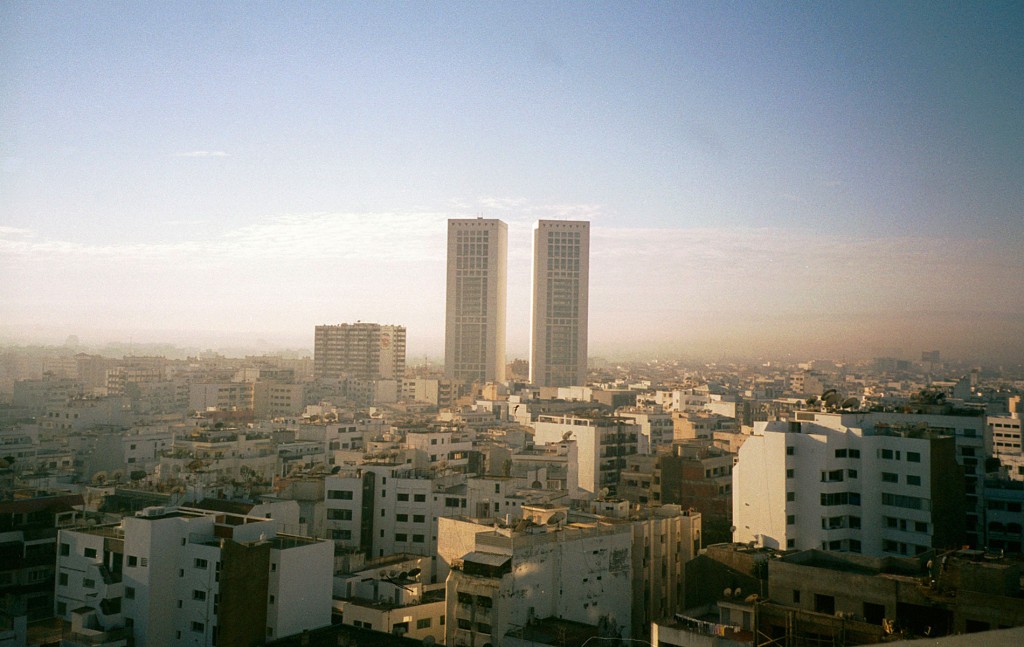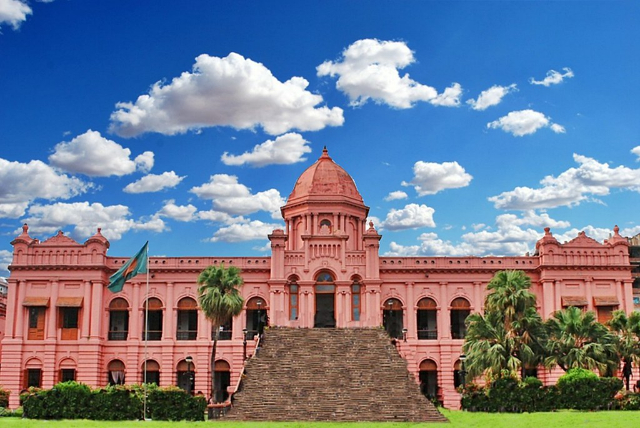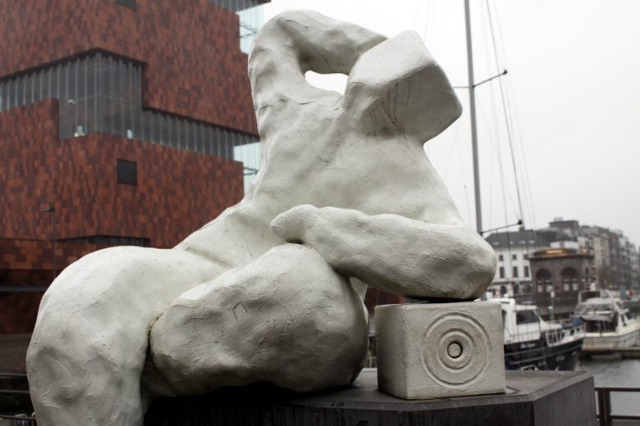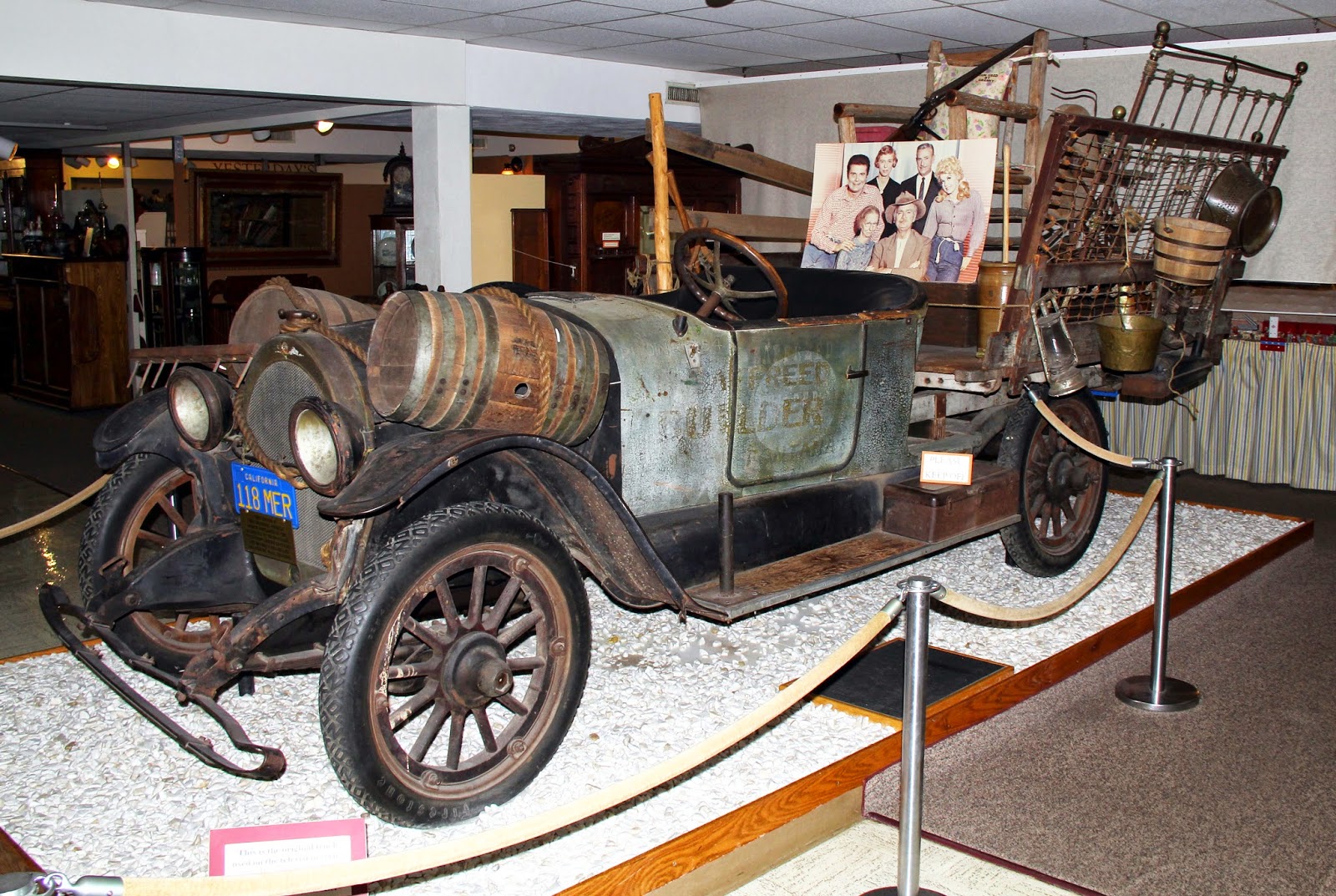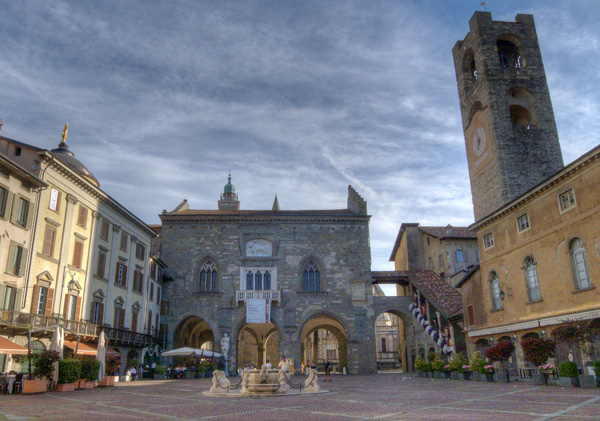Inaugurated in 2001 by Cardinal Carlo Maria Martini, to whom it was then named in 2017, the Museum is the arrival point of an important project to which some of the greatest figures of Milanese archbishops of the twentieth century have given their decisive contribution. Its origins date back to a first intuition of Blessed Ildefonso Schuster in 1931, then taken up by Cardinal Montini in 1960, who indicated the cloisters of Sant’Eustorgio, one of the pivotal places in the history of Ambrosian Christianity, as the site of the new Museum. It was Cardinal Martini who, in the 1980s, was responsible for the difficult task of starting work on the reconstruction of the cloisters, seriously damaged by the bombings of the Second World War, entrusted to the Belgiojoso studio. The first Dominican convent in Milan and the two cloisters, where the Museum of the Basilica of Sant’Eustorgio and the Diocesan Museum are located, were already located here in the thirteenth century, and are therefore what remains of that ancient convent.
The permanent collection of the Diocesan Museum, which occupies the second cloister, consists of more than a thousand works from the second to the 21st century.
From the Archiepiscopal Picture Gallery came the collections of the Milanese archbishops (part of the Monti collection, Visconti, Riccardi, Pozzobonelli, and the complete Erba Odescalchi collection).
In addition to paintings from the churches of the Diocese, the Museum houses a significant group of liturgical furnishings. The collection is completed by the section dedicated to the Gold Collection (mostly Tuscan works from the 14th and 15th centuries, collected by Prof. Alberto Crespi and donated to the Museum), and sculptures and paintings from Caterina Marcenaro’s collection, drawings from the Sozzani collection and the precious Schubert bequest.
Finally, to an initial nucleus of sculptural works by Lucio Fontana, numerous works from the 20th and 21st centuries have been added, declaring the Museum’s growing interest in the contemporary world.
